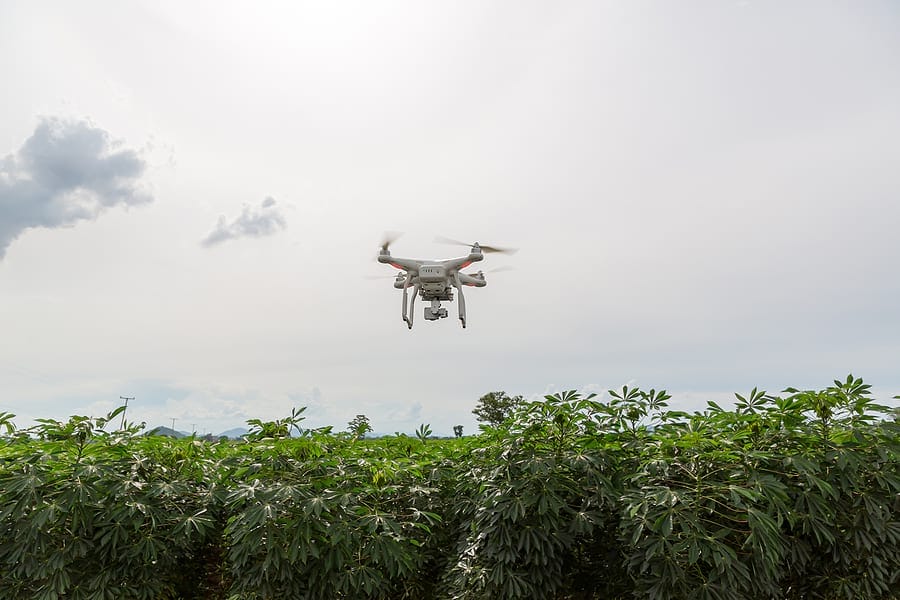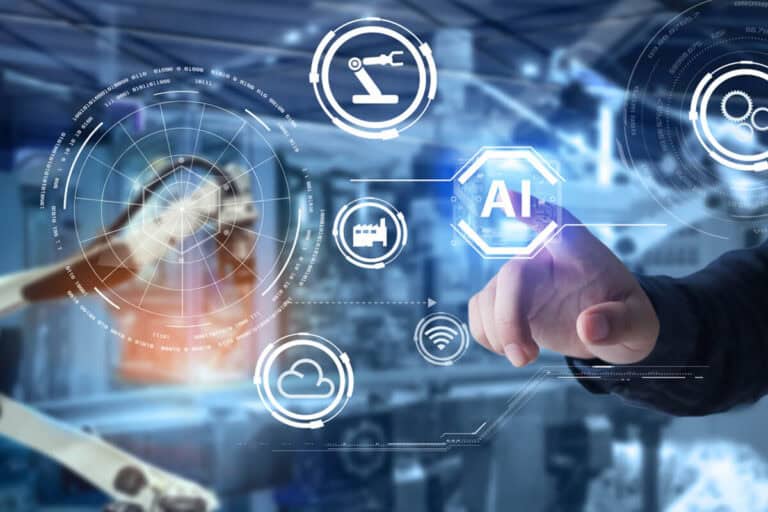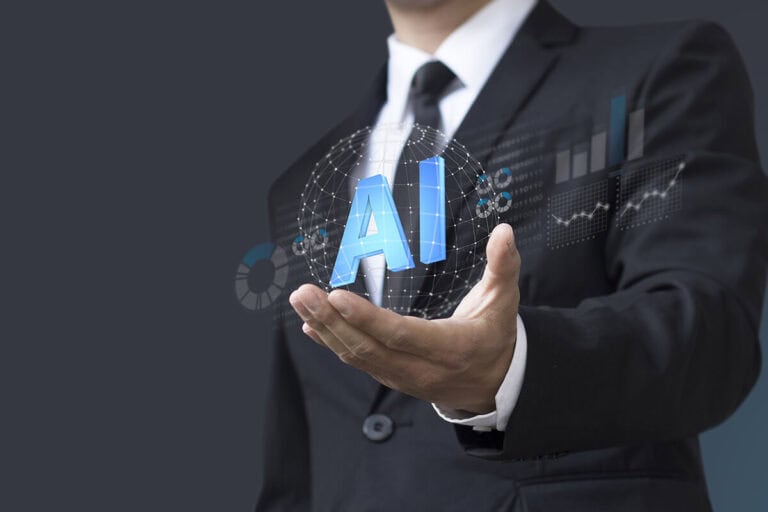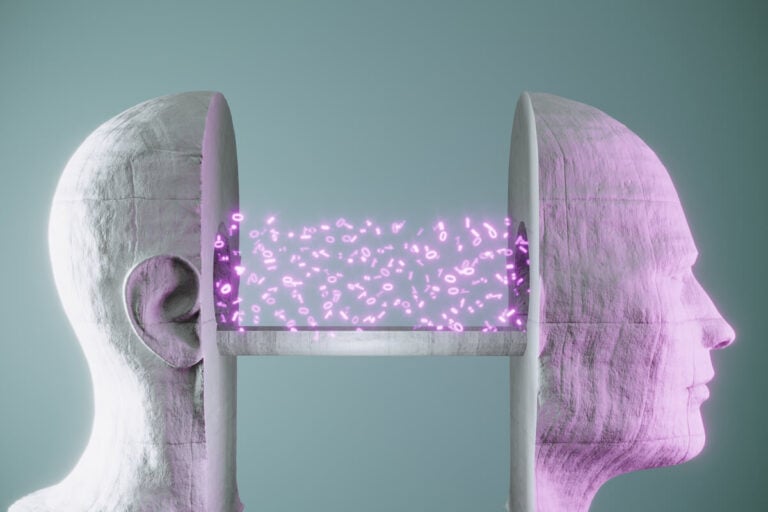With the massive increase in the global population, scientists and researchers have been working out ways to ensure food security. The scientific community across the world has been devising new methods and approaches to increase global food production to meet the increasing demand for food. According to statistics, the world population is expected to reach 8 billion in the next decade, which means a billion more mouths to feed, posing a serious challenge for the entire food industry. While the availability of the fertile land has been one of the topmost considerations amongst the scientists and policymakers, another equally important aspect is if the availability of aptly skilled manpower to plow the fields. Today’s top priority is to increase food production using ai drones technologies; to overcome the inherent incapacity of humans to work 24 hours and oversee acres and acres of crops.
Table of Contents
ToggleThe use of technology in the agriculture sector isn’t something out of the box. Slowly but surely, newer technologies have paved their way into the agriculture sector. At present, heavy machines and robots to work on the fields have become quite common; for instance, smart machines that can milk cows by themselves or biometric tags that send real-time livestock information. However, with the advent of new technologies and smart tools, farmers may be able to improve their crop yield further and automate the process of crop production.
That’s where the Game of Drones in Agriculture Comes into Play!
Agriculture Drones – Humanity’s Hope for Survival Against Starvation!
Drones aren’t a new technology anymore. The technology which was once meant for spying inside enemy lines has now become the favorite toy of vloggers, and that’s just the beginning. Today, powerful and futuristic drones are taking a position as the next revolutionary tool in various industries, including the agricultural industry, where they have already started evolving traditional practices.
Drones today are increasingly used by farmers as a means to get aerial imagery of their fields. These “flying robots” can fly high and low as per the requirement and can be equipped with various imaging payloads (cameras) needed to monitor and identify crops. Apart from sending in real-time imagery for observational purposes, these drones can also be equipped with infrared and thermal cameras to detect the crop’s health and identify any potential diseases.

Various food & beverage businesses are already betting on this revolutionary technology as the savior of humanity against starvation. According to one survey, over 60% of farmers are either already using the technology in some shape or assessing the technology’s viability for use in the near future. With the further advancement of technology and the integration of powerful artificial intelligence (AI) and machine learning (ML) technologies, these “flying robots” will soon become the necessity of all farms to ensure higher crop production and deter against crop diseases.
Some of the technologies that have already made their way into drones include;
- The ability to capture high-resolution images for surveillance and reconnaissance purposes of crops.
- The capability to create 3D maps of the fields using LiDAR sensors for better preparation of farms.
- The ability to generate infrared and thermal maps of the fields for the quick identification of crop health, soil fertility, and other important crop values.
To top it all, drones have considerably lowered harvesting costs, enabling farmers to get more yield from the crop without an additional workforce. Companies like Folio3 are manufacturing some of the most futuristic AI-powered drones that can harvest seeds and nutrients from the soil, making the entire process of agriculture much easier, faster, and affordable. According to a research, harvesting of seeds and nutrients using Drones may increase the plantation rates by as much as 800 plants an hour, which is an impossible task for farmers to achieve otherwise and may take as much as one to two days to achieve the same.
Apart from harvesting seeds and nutrients, modern drones are also used for crop spraying. The AI-powered drones can scan through the field to assess crop health and deliver just the right amount of water, pesticide, or fertilizer in the right areas. Again, this saves much time for the farmers and dramatically reduces the overall cost of operations for farmers.
All of these amazing capabilities are just the reflection of the possible future for the agriculture industry, where drones will act as the primary tools of choice to ensure continuous growth of agriculture production to feed a rapidly growing population.
Today’s Agriculture Industry and Drones
While we have already discussed some of the various roles where drones are ready to take over legacy tools and practices, in reality, this is just the beginning, and the opportunities will continue to grow dramatically as the technology advances.
In essence, drones provide farmers with a highly flexible, affordable, and high-utility tool equipped with all types of sensors and tools to carry out almost all agriculture activities. By adding multiple imaging systems as payloads, drones may become an excellent tool for surveillance and monitoring of thousands of acres of land while sitting comfortably inside the home. Whereas, by equipping drones with modern, powerful AI and computer vision technologies by folio3, farmers can keep up with an infestation of crop health. Also, using AI-powered image processing technology, the drones may help farmers assess the soil’s nutrient fertility, giving them a better understanding of the exact need for the fertilizers.

While drone technology has made some inroads in the agriculture industry, a few obstacles are currently preventing further technology adoption. These include high prices (even though drones have come down significantly in price in the past decade, it may still be too high for many farmers) and the lack of awareness about the technology in the agriculture industry. While many farmers are still being introduced to the technology, their capacity to adequately use the technology on the farms is still limited and may require professional training to get used to the technology.
Summary:
Drones in Agriculture Industry
With the massive increase in the global population, scientists and researchers have been working out ways to ensure food security. The scientific community across the world has been devising new methods and approaches to increase global food production to meet the increasing demand for food. The use of technology in the agriculture sector isn’t something out of the box. Slowly but surely, newer technologies have paved their way into the agriculture sector. At present, heavy machines and robots to work on the fields have become quite common; for instance, smart machines that can milk cows by themselves or biometric tags that send real-time livestock information. Today, powerful and futuristic drones are taking a position as the next revolutionary tool in various industries, including the agricultural industry, where they have already started evolving traditional practices. Drones today are increasingly used by farmers as a means to get aerial imagery of their fields. These “flying robots” can fly high and low as per the requirement and can be equipped with various imaging payloads (cameras) needed to monitor and identify crops. Apart from sending in real-time imagery for observational purposes, these drones can also be equipped with infrared and thermal cameras to detect the crop’s health and identify any potential diseases.





